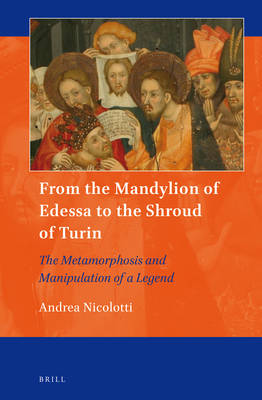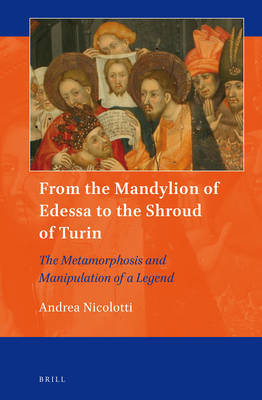
- Afhalen na 1 uur in een winkel met voorraad
- Gratis thuislevering in België vanaf € 30
- Ruim aanbod met 7 miljoen producten
- Afhalen na 1 uur in een winkel met voorraad
- Gratis thuislevering in België vanaf € 30
- Ruim aanbod met 7 miljoen producten
Zoeken
Omschrijving
According to legend, the Mandylion was an image of Christ's face imprinted on a towel, kept in Edessa. This acheiopoieton image ("not made by human hands") disappeared in the eighteenth century. The first records of another acheiropoieton relic appeared in mid-fourteenth century France: a long linen bearing the image of Jesus' corpse, known nowadays as the Holy Shroud of Turin. Some believe the Mandylion and the Shroud to be the same object, first kept in Edessa, later translated to Constantinople, France and Italy. Andrea Nicolotti traces back the legend of the Edessean image in history and art, focusing especially on elements that could prove its identity with the Shroud, concluding that the Mandylion and the Shroud are two distinct objects.
Specificaties
Betrokkenen
- Auteur(s):
- Uitgeverij:
Inhoud
- Aantal bladzijden:
- 228
- Taal:
- Engels
- Reeks:
- Reeksnummer:
- nr. 1
Eigenschappen
- Productcode (EAN):
- 9789004269194
- Verschijningsdatum:
- 22/09/2014
- Uitvoering:
- Hardcover
- Formaat:
- Ongenaaid / garenloos gebonden
- Afmetingen:
- 160 mm x 239 mm
- Gewicht:
- 476 g

Alleen bij Standaard Boekhandel
+ 464 punten op je klantenkaart van Standaard Boekhandel
Beoordelingen
We publiceren alleen reviews die voldoen aan de voorwaarden voor reviews. Bekijk onze voorwaarden voor reviews.











